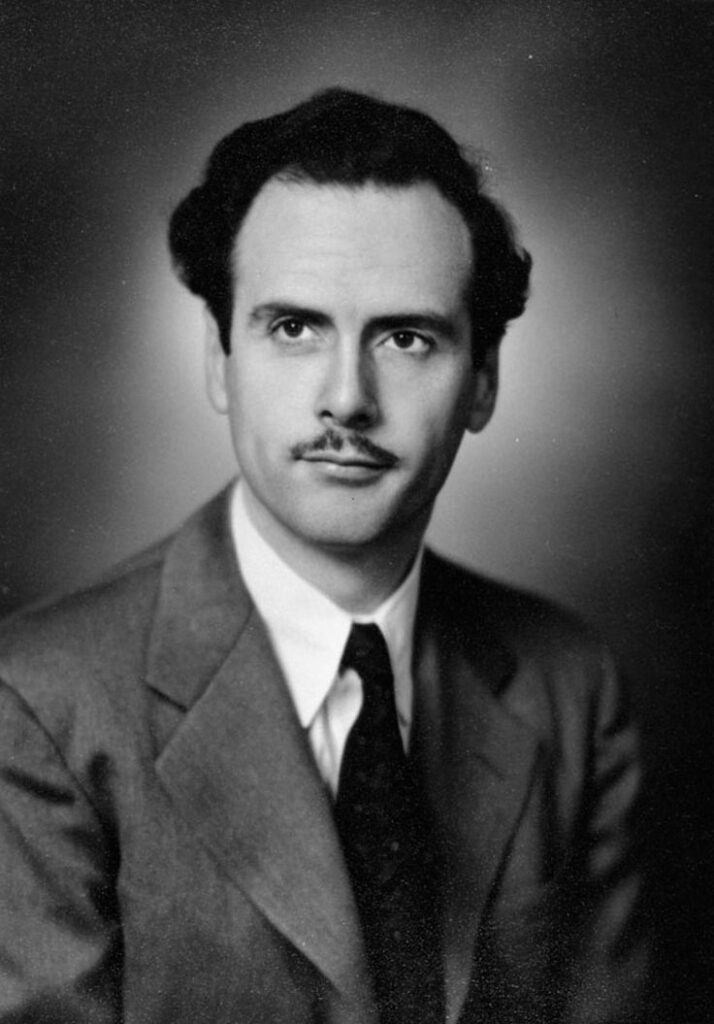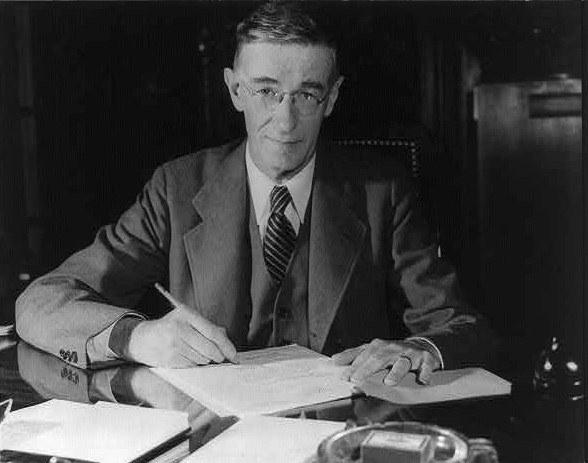History to Theory
Media history, in brief, can be traced back to the stone age with carvings on stone tablets. Contemporary studies from the 20th century to the present have gone through leaps and bounds of how media audiences perceive messages given from the media and how we access these messages. Theorists like Marshall McLuhan published numerous works such as “Understanding Media: The Extensions of Man” (1964). In 1945, The Atlantic contributor Vannevar Bush wrote the foreshadowing of a smart device in which we can obtain any kind of knowledge we could look for. New and established mediums are ever-evolving which causes the message to be perceived differently once viewed. But how does the idea of “The Medium is the Message” compare to Bush’s idea of a smart device?
The Medium is the Message

Chapter 1 of Understanding Media: The Extensions of Man begins with; “In a culture like ours, long accustomed to splitting and dividing all things as a means of control, it is sometimes a bit of a shock to be reminded that in operational, and practical fact, the medium is the message. – This is merely to say that the personal and social consequences of any medium – that is, of any extension of ourselves – result from the new scale that is introduced into our affairs by each extension of ourselves or by any new technology”
What Marshall McLuhan if referring to is how the audiences react to the message based on where they are viewing the message. The mediums of television, computers, and radio that broadcast these messages act as a technological extension of humankind. Reactions might differ with how these messages are presented. In an audio-only medium like a podcast and the host is saying “can you see this water, I am drinking it is so good.” Without a thought of their audience might be confused and the question “well what is the water you are drinking? What Brand is it? I cannot see the water you are drinking!?” The audience is missing these visual cues as it skews their perceptions of what is being discussed in this podcast.
He later uses the idea of a light bulb as an example. The light bulb has many uses, we can use it to see at night, or there are bulbs spread out in a baseball stadium to see an event. “Indeed it is only too typical that the “content” of any medium binds us to the character of the medium” The medium of a light bulb has served as a core means for people to see.
Yes, we can agree that we primarily use light bulbs to see. However, in 2021, mediums are so interwoven with each other. Podcasts used to be an audio-only medium however it has expanded to visual as well where some shows will simply video record their show to post on YouTube, and then have the audio version on all the podcast outlets. So the analogy of “look at the water I am drinking” can give the cue of a video viewer to see and acknowledge the water while an audio listener cannot acknowledge seeing the water. News channels on tv can change what they are covering consistently, and suggest going to “cnn.com to for updates on this news story” as they move on to the next piece of news. The viewer interested in that particular news story now has the option if they are interested to visit CNN on their phone (a different medium) to continue to receive and perceive those messages of that specific story.
The Medium is Evolving!

Vannevar Bush is a scientist who led many Research and Development boards throughout the 1940s for the federal government. in 1945 he contributed a think piece to The Atlantic that goes into great depth on how we look at technology as a means to store information. That this technology acts like a brain of grand knowledge. ” One notion of his was that for every new iteration of an invention there was always something that precedes it. These methods can be how humans separate different records that are necessary to keep track of. “Take the prosaic problem of the great department store. Every time a charge sale is made there are a number of things to be done. The inventory needs to be revised, the salesman needs to be given credit for the sale, the general accounts need an entry, and most importantly, the customer needs to be charged. A central records device has been developed in which much of this work is done conveniently.”
Bush proposes the idea of the “Memex”. This futuristic device will be able to store all books, records, and communications. This information can be mechanized so if someone needs to consult Memex they can obtain queries at high speed. The Memex will consist of a piece of office furniture, similar to a desk. This desk will store microfilm, which acts as its storage medium that will be loaded with data on a topic that the user is researching. Here is an animation that follows the descriptions of Bush’s Memex machine:
How does the Memex correlate with the Message?
The Memex idea predicts the future of having a device that is full of knowledge. In 2021 we can consider a Memex to be our iPhone or desktop computer. These devices can present so many messages in many ways, visual, audio, and even stream television. The Memex can serve as McLuhan’s idea of a medium where we can use it to obtain a message. The message is intentional as we, the human being, are electing the Memex to find a piece of information on our behalf. The difference is that with Mchluhan’s philosophy, we are to be subjected to the message based on how we view it on a medium like the television screen. We cannot control every message we see, regardless of the medium. Bush’s Memex acts as a bridge of agency. We can control what messages we receive with what information it has available.
Further Reading:
-Marshall Mchluhan’s Chapter on The Medium is the Message
-Vannevar Bush’s Original Article “As We May Think”
-A Hilarious Movie from 1957 called Desk Set. I recommend in relation to The Medium is the Message philosophy and a real life example of Memex

